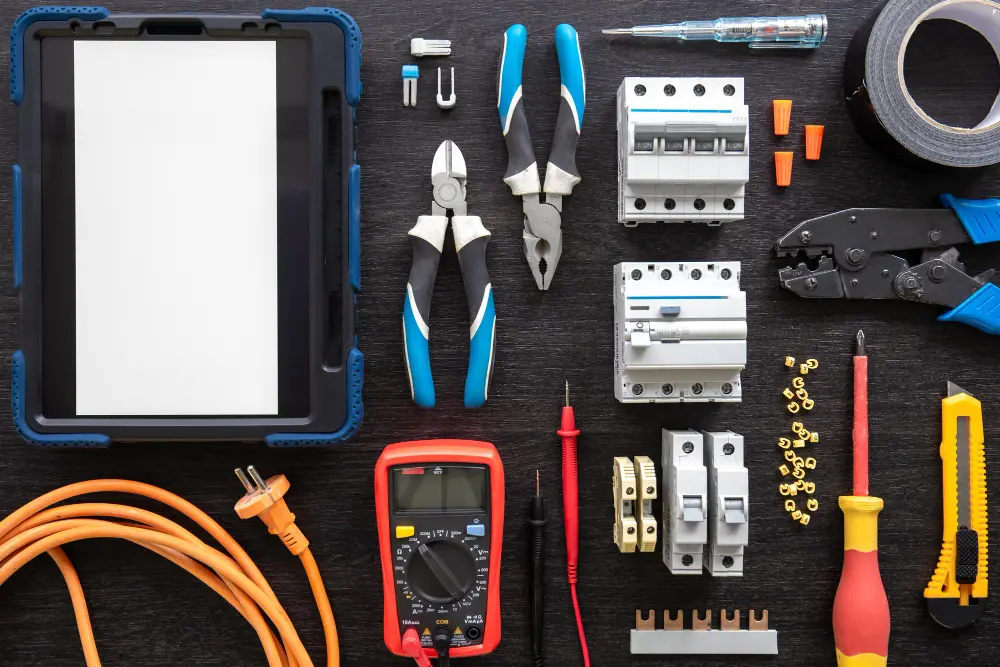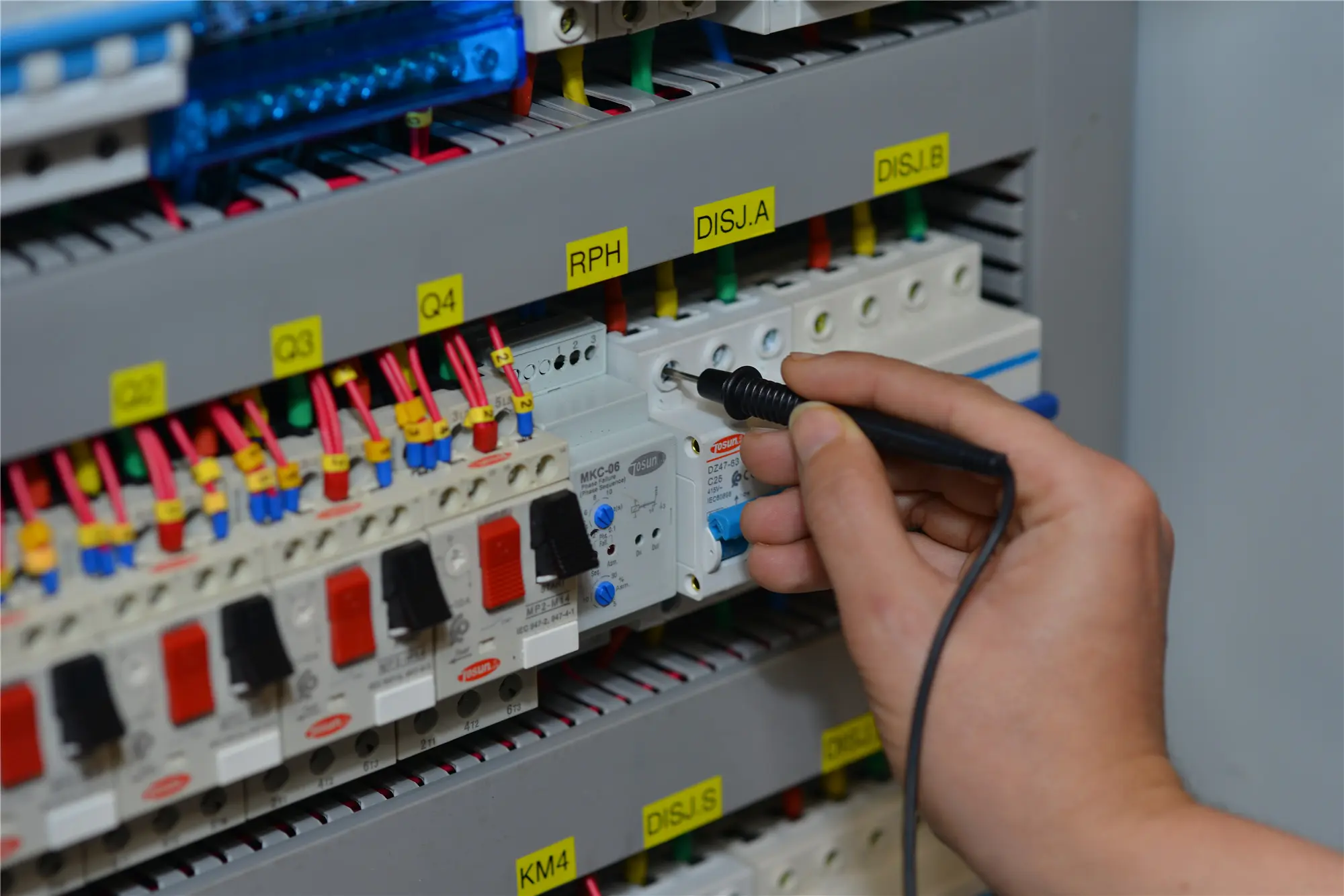Time Relays: Common Issues and Solutions
Table of Contents
ToggleTime relays can be found in many electrical systems. They provide essential time-based control for automation, safety, and efficiency. But like other electromechanical or electronic devices, time relays can experience issues as time goes on.
Let’s discuss common problems that can arise with time relays, offer troubleshooting tips, and provide solutions to keep your systems running smoothly.
4 Common Problems and Solutions
What are the common issues of time relays? The 4 common issues of time relays are: no output, incorrect timing, unable to open or close, and flickering.
Relay Not Operating (No Output)
When a time relay has no output, it is often caused by several factors including a lack of power supply to the relay coil, a blown fuse, a faulty control switch, or a malfunctioning internal component.
To solve this, check the power supply to the relay coil and ensure that the fuse is intact. Verify that the control switch is functioning correctly. If these components are in working order, the problem may lie within the relay itself, and replacement might be necessary.
Incorrect Timing
If the time delay is inaccurate or inconsistent, it could be due to a miscalibration of the relay settings, a faulty timing component, or environmental factors like temperature fluctuations affecting the relay’s operation.
To solve this, double-check the relay settings and recalibrate them if needed. If the problem persists, inspect the timing components for any signs of damage or wear. In some cases, replacing the relay might be the most effective solution.
Relay Contacts Not Closing or Opening:
Contact issues can stem from various factors, including dirt or debris accumulation, contact wear, or mechanical failure of the contact mechanism.
To solve this, carefully clean the contacts with a contact cleaner or fine sandpaper. If the contacts are worn or damaged, replace them. In cases of mechanical failure, the entire relay might need replacement.
Chattering or Flickering Contacts:
Chattering or flickering contacts can occur due to voltage fluctuations, loose wiring connections, or a worn-out relay.
To solve this, ensure a stable voltage supply to the relay. Check all wiring connections for tightness and security. If the relay is old or worn, consider replacing it.
Tips and Best Practices for Troubleshooting
When troubleshooting time relays, make sure to prioritize safety and follow proper procedures:
- Always disconnect the power source before working on any electrical equipment.
- A multimeter is a valuable tool for testing the voltage and continuity of the relay coil and contacts.
- Consult the manufacturer’s manual for specific troubleshooting instructions and wiring diagrams.
- If you’re unsure about any aspect of troubleshooting or repair, it’s best to seek assistance from a qualified electrician.
Reliable Time Relays
If you are experiencing problems with your time relays or are looking for high-quality, reliable replacements, explore TOSUNlux’s extensive range of Time Relay Products. Our products are designed for durability, precision, and optimal performance.
For further information and assistance, please contact our technical support team. We are here to help you find the right solutions for your electrical needs.
Tel: +86-577-88671000
E-mail: ceo@tosun.com
Skype: tosunelectric
Wechat: +86-139 6881 9286
WhatsApp: +86-139 0587 7291
Address: Room No.1001 Wenzhou Fortune Center,Station Road, Wenzhou, China
REQUEST A QUOTE
WhatsApp us
 : +86-139 0587 7291
: +86-139 0587 7291 English
English Español
Español Русский
Русский Français
Français العربية
العربية Português do Brasil
Português do Brasil Українська
Українська Türkçe
Türkçe Polski
Polski Nederlands
Nederlands Italiano
Italiano Bahasa Indonesia
Bahasa Indonesia हिन्दी
हिन्दी اردو
اردو አማርኛ
አማርኛ Հայերեն
Հայերեն ไทย
ไทย Монгол
Монгол فارسی
فارسی Shqip
Shqip Ελληνικά
Ελληνικά


